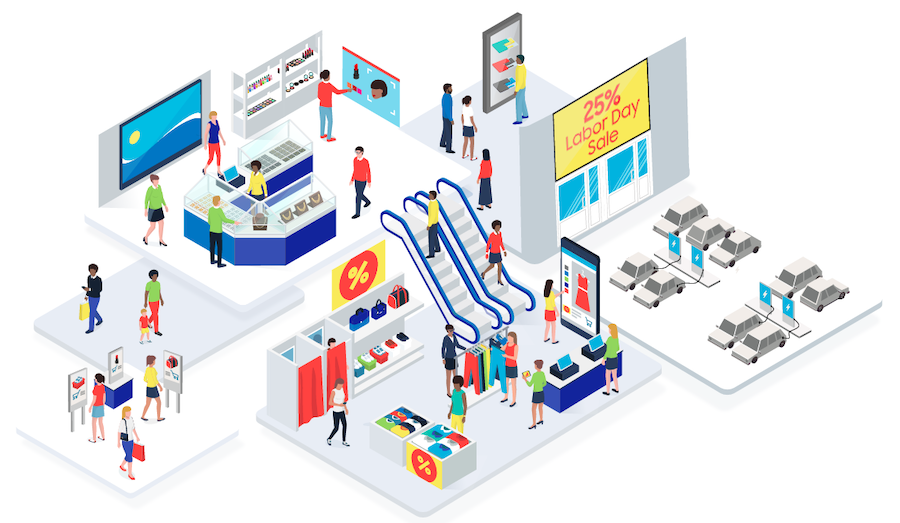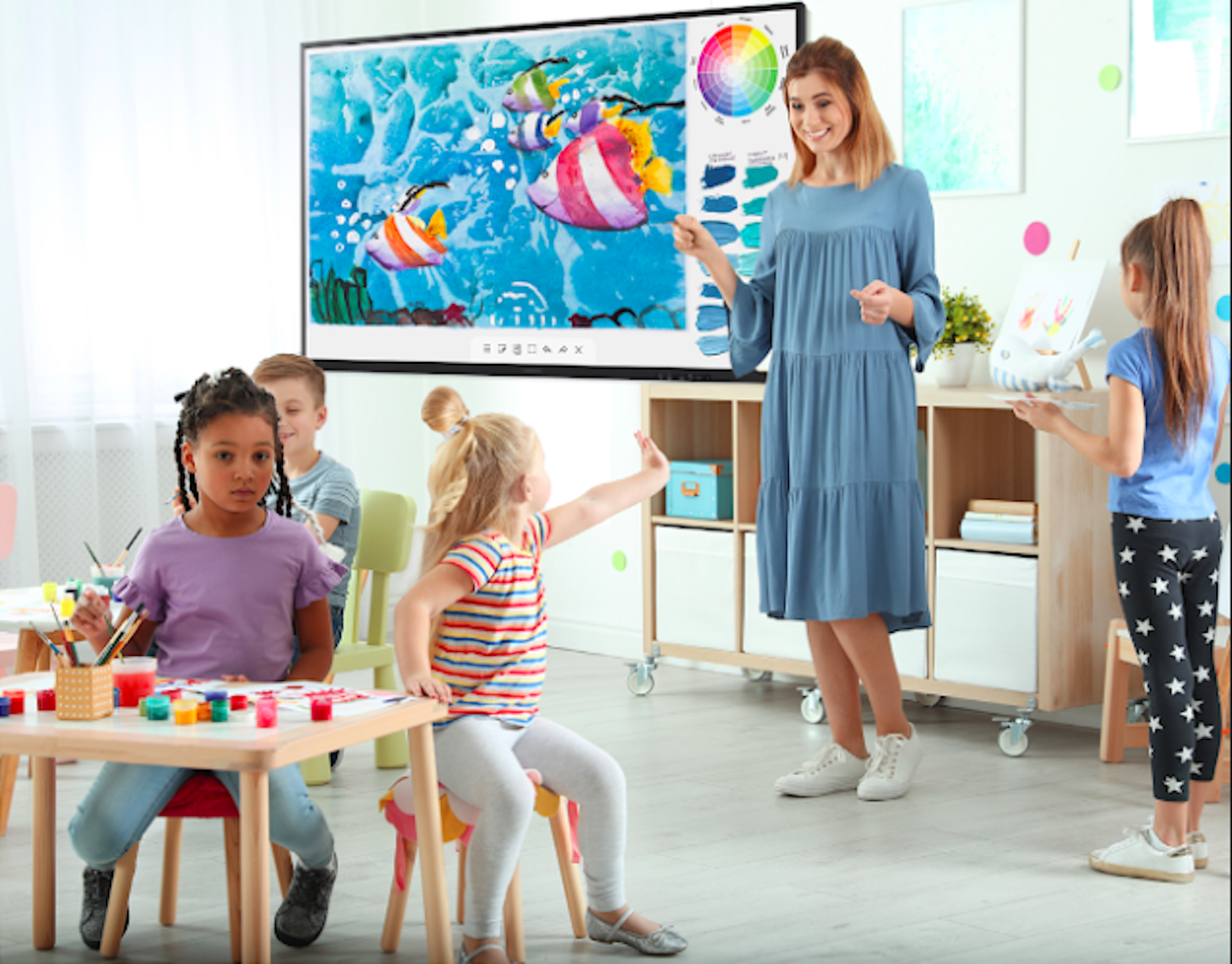Once upon a time, static signage and printed circulars were enough to entice shoppers into retail stores. Today’s consumers, however, want WOW moments — memorable, engaging interactions that leave a lasting impression. According to Salesforce’s State of the Connected Customer report, 80% of customers consider a brand’s experience equally important to its products or services.
Carefully cultivated retail customer experiences foster customer loyalty, drive foot traffic and amplify brand visibility. Using cutting-edge technology, retailers can transform ordinary shopping trips into extraordinary experiences that shoppers won’t soon forget.
The importance of the WOW factor
Creating memorable, engaging moments goes beyond offering quality products and customer service. These experiences must be unique, clever and seamless. Ideally, they will inspire customers to share their experiences via social media or good old-fashioned word-of-mouth marketing.
How digitizing retail experiences boosts ROI
Explore customer behavior with and the operational benefits of a complete digital retail ecosystem.
Download Now
These moments can also influence long-term customer behavior since those who have standout shopping experiences are more likely to return, spend more and try additional products or services. Investing in technologies that deliver unforgettable retail customer experiences can set a brand apart in a crowded market and build deeper connections with its audience.
Use eye-catching technology to engage customers
Technology is the cornerstone of modern retail WOW moments. From interactive displays and IAC video walls to immersive digital experiences, Samsung’s cutting-edge tools make it easy to create a visually stunning retail environment that engages customers in new and exciting ways.
For example, Saatva, known for pioneering online mattress sales, created a self-guided retail experience in its immersive Manhattan Viewing Room that revolutionized how customers interact with its products. Upon entering the store, a dual-sided OMN-D Series Display greets customers with positive user testimonials and seasonal promotions. In contrast, bedside displays cycle through images of Saatva products in scenic settings like a lakeside cabin or a sleek urban apartment. Meanwhile, 13-inch displays at each bedside show product specs and features, allowing customers to explore at their own pace free of sales pressure.
Panico Salon in Ridgewood, New Jersey, uses interactive Samsung displays to create WOW moments. In the courtyard entryway, a large-format display broadcasts rotating content such as fashion shows and cross-promotional ads. Samsung’s displays are positioned inside the color room to showcase hair products that are available for purchase. In retail, clients can shop on their own devices through QR codes and Lift and Learn technology, which shows details and 30-second videos about products.
For high-end retailers, Samsung’s All-in-One IAC video walls offer a stunning way to garner attention. These massive, ultra-high-resolution displays can showcase bold, dynamic visuals that command attention. At Good American’s flagship store in Century City, Los Angeles, a 55-inch large-format Samsung Interactive Display lets shoppers browse the Good American catalog, view seasonal looks, and learn about the brand’s jean styles and fits. All of the retailers exemplify how to wow customers with innovative technological experiences.
Embrace the future of retail with emerging technologies
The next wave of WOW moments comes from integrating future-forward tools like virtual try-ons and holograms. Imagine a shopper trying on a pair of glasses, testing a new lipstick shade, or seeing how a jacket fits — all without stepping into a store. Major retailers are already using augmented reality (AR) to bridge the gap between digital and physical stores, and the response has been overwhelmingly positive. AR experiences generate 200% more engagement than non-AR equivalents, and customers using AR are 30% more likely to purchase.
Virtual try-ons aren’t just innovative; they’re practical. When shoppers can find the size and style that suits them best, they are less likely to initiate returns — a time-consuming, expensive process for brands.
Holograms and 3D projection technology are the pinnacle of immersive customer experiences in retail. These tools allow retailers to create captivating, interactive displays that bring products and brand stories to life. Picture a holographic runway show in an upscale boutique or a 3D projection of a product’s inner workings in an electronics store. These experiences deepen customer understanding of your products in a way traditional displays simply can’t match.
Retailers can also use holograms to host virtual brand ambassadors, creating a WOW moment the instant a customer steps through the door. These interactive holograms can greet shoppers, answer questions and offer recommendations — all while delivering an unforgettable, futuristic experience.
Why WOW moments matter now more than ever
Creating WOW moments through technology isn’t just a trend; it’s a necessity. As online commerce grows, the physical retail space must evolve to stay relevant.
By embracing technology that enhances the customer experience in retail, physical stores can become more than places to shop; they can become a destination for memorable experiences. Whether through the dynamic visuals of video walls, the personalized engagement of virtual try-ons, or the exciting immersion of holograms, these innovations help brands create moments that customers will remember and share.
Ready to transform your retail space? Explore Samsung’s interactive displays and video wall solutions and start creating WOW moments today.



